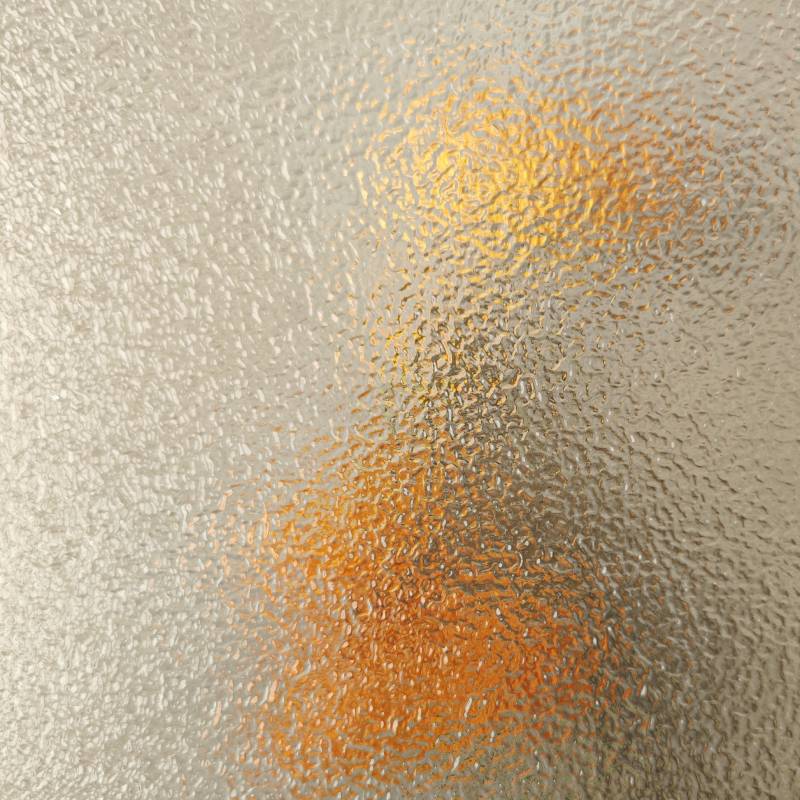

Reflective laminated glass is a modern architectural innovation that seamlessly blends aesthetics with functionality. This type of glass features a special reflective coating, which not only enhances the visual appeal of buildings but also serves several practical purposes.
One of the primary benefits of reflective laminated glass is its ability to control solar heat gain. The reflective coating minimizes the amount of sunlight that enters a building, helping to maintain a consistent indoor temperature. This energy-efficient property is especially valuable in regions with high temperatures, as it reduces the need for air conditioning and lowers energy costs. By effectively reflecting solar radiation, this glass contributes to a more sustainable environment and helps in reducing the carbon footprint of commercial and residential buildings alike.
Moreover, the laminated aspect of this glass further enhances its performance. The lamination process involves bonding two or more layers of glass with a resilient interlayer, typically made of polyvinyl butyral (PVB). This not only strengthens the glass, making it resistant to shattering and impact, but also improves its sound insulation properties. Consequently, reflective laminated glass can be used in urban settings where noise pollution is a concern, offering a quiet and comfortable indoor environment.

Aesthetically, reflective laminated glass provides a sleek, modern look that can elevate the design of any structure. The reflective coating gives buildings a polished, mirror-like finish, which can change in appearance depending on the angle of the sunlight and the viewer's perspective. This dynamic quality adds visual interest and can complement various architectural styles, making it a popular choice among architects and designers.
In addition to its practical and aesthetic advantages, reflective laminated glass also enhances privacy during the day. The reflective surface allows occupants to enjoy the view outside without compromising their privacy, as it creates a one-way visibility effect. This feature is particularly appealing for residential buildings and offices located in busy areas.
In conclusion, reflective laminated glass stands out as a versatile building material that marries style with substance. Its energy-efficient properties, durability, sound insulation, and aesthetic appeal make it an invaluable choice for contemporary architecture. As sustainability becomes a priority in construction, the use of reflective laminated glass is likely to continue to grow in popularity, shaping the future of building design.